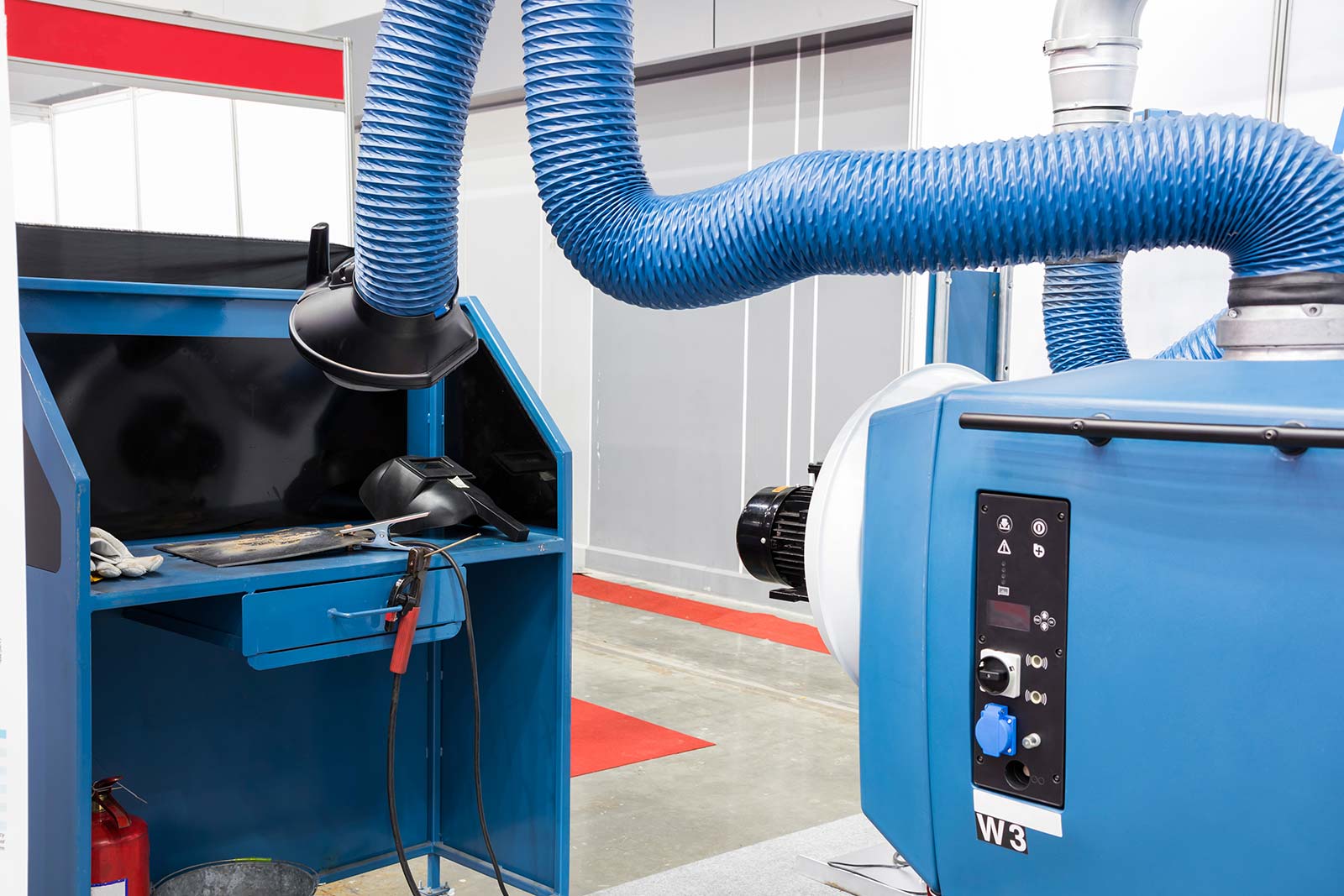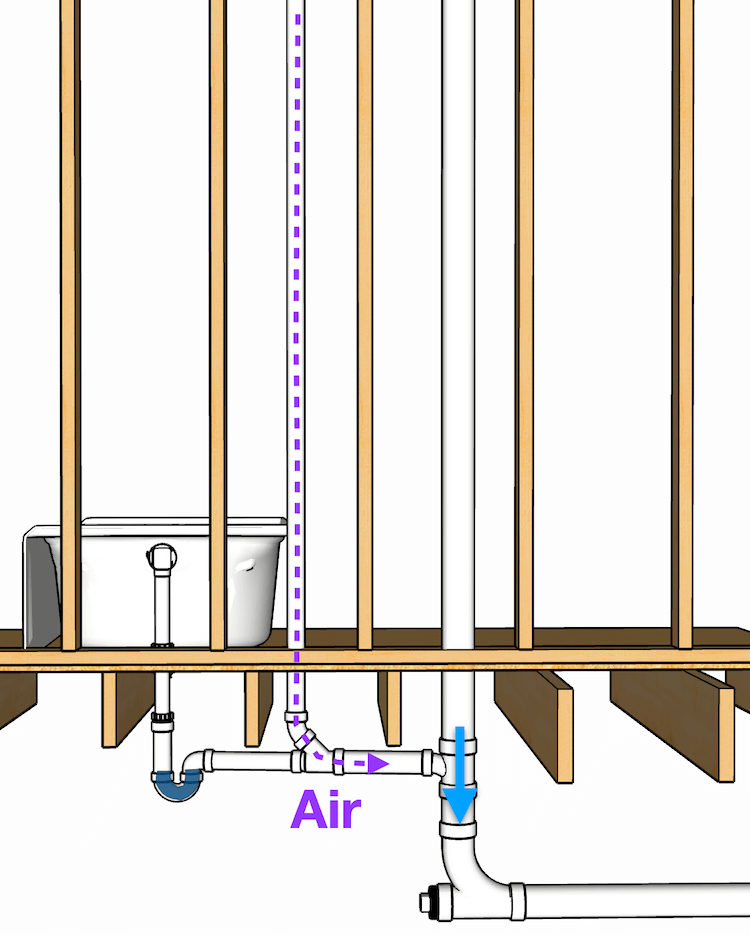The Importance of Ventilation in Plumbing Systems
The Importance of Ventilation in Plumbing Systems
Blog Article
Almost everyone may have his or her own idea involving What Is a Plumbing Vent and Why Is It Important.

Correct ventilation in plumbing systems is often ignored, yet it is essential for maintaining the performance and safety of your home's plumbing. Air flow aids manage air pressure, stop the build-up of unsafe gases, and guarantee the effective elimination of waste. In this overview, we will certainly check out the importance of correct pipes ventilation, exactly how it works, and the advantages it offers your plumbing system.
Understanding Air Flow in Pipes
Air flow in plumbing refers to the network of pipes that enable air to stream through the drainage system. These vents serve several objectives, consisting of managing air pressure within the pipes, avoiding sewage system gases from entering the home, and assisting in the smooth flow of wastewater.
How Air Flow Works in Pipes Solutions
Air Pressure Guideline
Correct ventilation preserves well balanced atmospheric pressure within the pipes system. When water moves through pipes, it displaces air. Without ample ventilation, this displacement can create negative pressure, resulting in slow down drains or siphoning of water from catches, which can trigger unpleasant odors to permeate right into the home.
Protecting Against Sewer Gas Buildup
Among one of the most essential functions of plumbing vents is to avoid sewage system gases, such as methane and hydrogen sulfide, from collecting within the home. These gases can present severe health and wellness dangers and are highly combustible. Vent pipelines enable these gases to get away securely outdoors.
Assisting in Waste Elimination
Air flow helps in the reliable elimination of wastewater by stopping airlocks in the water drainage system. When air can move freely via the vents, it enables water and waste to stream efficiently via the pipes, lowering the threat of blockages and back-ups.
Sorts Of Pipes Vents
Key Stack Vent
The main pile vent, also referred to as the vent pile, is the main vent in a plumbing system. It extends from the major drainpipe align via the roof covering, allowing gases to leave and fresh air to enter the system.
Branch Vent
Branch vents link to the major pile air vent and serve individual fixtures, such as sinks, bathrooms, and showers. These vents ensure that each component has adequate ventilation to operate effectively.
Air Admission Valve (AAV).
An Air Admittance Shutoff (AAV) is a one-way valve that allows air to go into the plumbing system without the requirement for a conventional vent pipe prolonging with the roof. AAVs are generally used in remodellings or locations where setting up a common air vent is impractical.
Indications of Poor Ventilation in Plumbing.
Slow Draining Fixtures.
If your sinks, tubs, or bathrooms are draining pipes slowly, maybe an indicator of inadequate air flow. Inadequate air circulation can create a vacuum cleaner result, making it hard for water to drain correctly.
Gurgling Appears.
Gurgling sounds coming from drains pipes are typically a result of air being sucked through water catches due to unfavorable pressure in the pipes. This is a clear sign of not enough air flow.
Undesirable Odors.
Sewer smells inside your home are a red flag that your plumbing system is not correctly ventilated. This could indicate that drain gases are not being effectively vented outside, bring about possibly dangerous conditions.
Common Ventilation Blunders.
Inadequate Vent Sizing.
Making use of small vent pipelines can lead to bad air circulation and stress imbalances in the system. It's necessary to make use of vents that fulfill the certain needs of your pipes system.
Improper Vent Placement.
Positioning vents also far from the components they offer can minimize their performance. Proper placement guarantees that air can flow freely and efficiently through the system.
Ignoring Code Needs.
Building ordinance give certain standards for plumbing air flow. Ignoring these codes can lead to a system that falls short to function appropriately and might cause expensive repairs or health hazards.
Benefits of Proper Ventilation.
Enhanced System Effectiveness.
Correctly aerated plumbing systems run extra successfully, with less obstructions, faster draining, and much less stress on the pipelines. This efficiency extends the life expectancy of the plumbing system.
Improved Air Top Quality.
By stopping sewage system gases from entering your home, appropriate air flow contributes to better interior air high quality, making your living environment healthier and extra comfy.
Protecting Against Water Damage.
Sufficient air flow helps prevent water from being siphoned out of catches, which can lead to drain gases entering the home and triggering water damage over time.
Steps to Guarantee Correct Ventilation.
Consulting Plumbing Codes.
Always get in touch with neighborhood pipes codes when creating or changing your pipes system. These codes offer the needed standards for proper venting and guarantee your system fulfills safety requirements.
Regular Assessment and Upkeep.
Routine assessments can assist determine possible air flow problems prior to they come to be major issues. Upkeep jobs, such as cleaning vent pipelines and checking for blockages, are important for maintaining the system in good working order.
Expert Installation.
For brand-new installments or major adjustments, it's a good idea to work with a professional plumbing professional. They have the proficiency to guarantee the ventilation system is properly designed and set up according to code.
Conclusion.
Appropriate ventilation is an important element of any type of plumbing system, making sure that it works efficiently and safely. By comprehending the significance of air flow, acknowledging the signs of bad ventilation, and taking actions to preserve your system, you can protect against costly problems and shield your home's air high quality.
4 Things You Should Know About Your Plumbing Vents
What Plumbing Vents Are
Also called a vent stack, a plumbing vent is a vertical pipe attached to your drain line that runs through your roof. The plumbing vent pipe, or plumbing air vent, removes gas and odors from your plumbing system and allows fresh air to enter the pipes, helping the water to flow out of the drain pipes.
What Plumbing Vents Do
Plumbing vents have two basic functions. One of which is to allow unpleasant smelling wastewater and sewer gasses to escape your plumbing system instead of entering your home. Plumbing vent pipes are typically located on roofs, away from windows, to ensure the fumes exit the home completely.
The other function of the plumbing vent is to move fresh air into your plumbing system. This helps move water through every plumbing fixture in your house, like toilets and sink drains. Think of the way in which you need to let a little air into the bottle as you pour soda in order to make the drink flow smoothly.
Different Types of Plumbing Vents
True vent: This is the most common vent option. In simplest terms, a true vent is a vertical pipe attached to your drain line that exits through the roof. They often function as the main vent that other fixtures can connect to. Re-vent pipe or auxiliary vent: Attached to the drain line near specific plumbing fixtures, re-vent pipes run up and over to connect to the main vent. Common vent: Two plumbing fixtures installed on opposite sides of a wall are typically tied into the vent stack using something known as a sanitary cross. Wet vent: This venting option operates as a drain pipe and a vent at the same time. Wet vent drainage systems drain water from one fixture while venting the air from another. Although they’ve been used for over 100 years, wet vent systems have only recently been added to the plumbing code in many areas. If you’re planning on installing one in a bathroom remodel, make sure you check your local code prior to construction. Loop vent: For free-standing fixtures like kitchen island sinks, loop vents are ideal. These vent pipes run under the floor, rise from the P-trap, and create a loop inside the cabinet sink. Air admittance valve: An AAV is a one-way mechanical valve typically installed at the site of the plumbing fixture. AAVs allow venting to occur without having to tie into a larger venting system. They’re ideal for venting fixtures where you aren’t able to easily connect to an existing vent system. Common Plumbing Vent Issues
Although vent pipes typically don’t have water flowing through them, they’re still subject to many typical plumbing issues. For example, clogs are one of the most common problems associated with sewer vent pipes. If your vent pipe gets clogged, all of your plumbing fixtures tied into the vent stack will be affected.
A sink with a slow drain that bubbles and gurgles or a strong sewage smell around your toilet are both indicators that your toilet vent pipe is clogged. Because most vent pipes exit through the roof, old leaves, twigs or even a bird’s nest could be clogging the pipe.
Clogs in your vent pipe system cause a buildup of negative pressure, meaning that water won’t be able to flow out of your home very well. It’s similar to putting your finger over the opening of a straw to trap water inside. When you remove your finger, the water is able to flow out of the straw.
If you suspect you have any blockage in your vent, make sure you have a professional come examine the situation. Left unchecked, a blocked air vent can lead to other costly repairs, like leaks and sediment buildup.
Under Pressure
Pipe vents are essential aspects of a home’s plumbing system. Owning a home means learning about all sorts of things you never put much thought into before. But by understanding as much as you can about the important systems of your home, you can keep those budgets intact and those anxiety levels low.
https://www.homeserve.com/en-us/blog/home-improvement/plumbing-vents/

We were shown that write-up on Why Plumbing Air Vents Are Important through a friend on our other web property. Do you know about someone else who is curious about What Is A Plumbing Vent & How Do They Work?? Why not share it. Thank-you for your time spent reading it.
Click Here Report this page